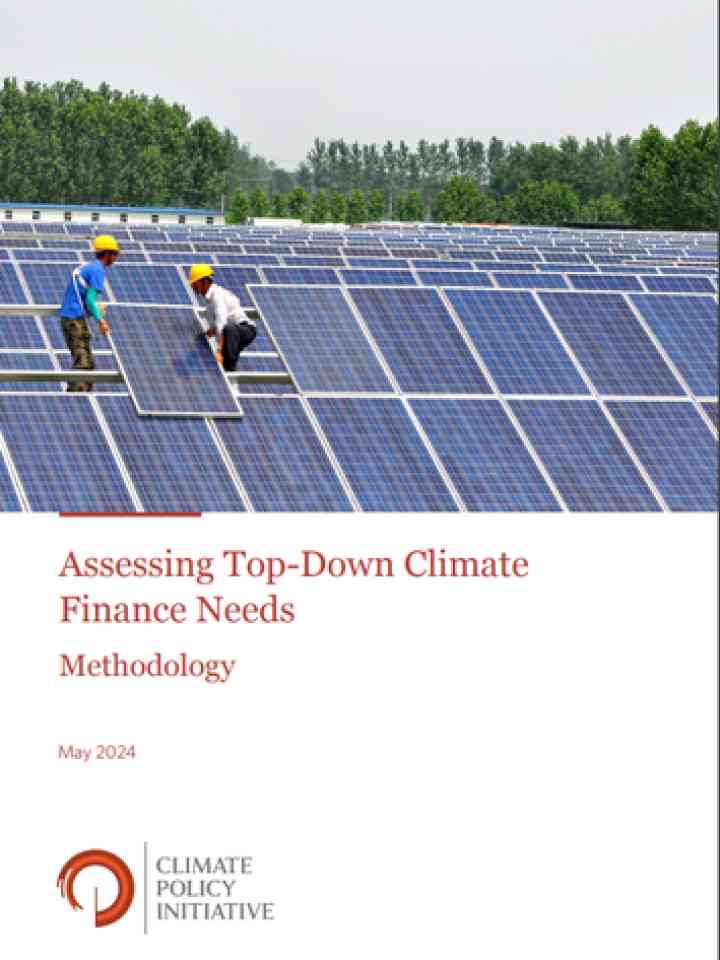Assessing top-down climate finance needs: Methodology
While global climate finance has steadily increased over the past decade, reaching an all-time high of nearly USD 1.3 trillion per year in 2021/2022, much more is needed to keep global temperature rises within 1.5°C by the end of this century and avoid the worst impacts of climate change.
CPI collects and standardizes data on climate finance needs from a wide variety of scenarios developed by various institutions to provide a comprehensive and unique understanding of the scale of the climate finance gaps in different sectors. Our aim is to inform decision-makers and capital allocators on how to effectively increase speed, scale, and quality of climate finance.
Some keypoints of this work include:
- Faced with a daunting challenge, the good news is that the capital required is already available globally to reach the scale of global climate finance needed;
- CPI analysis indicates that in emerging markets and developing economies alone, annual adaptation finance will need reach USD 212 billion by 2030, and USD 239 billion between 2031 and 2050;
- The longer we delay climate investment, the higher the costs of avoiding and adapting to the impacts of climate change will be;
- While investment needs are already large, social and economic losses under a business-as-usual (BAU) scenario will be twice the estimated finance needed under the 1.5°C scenario.
Explore further
